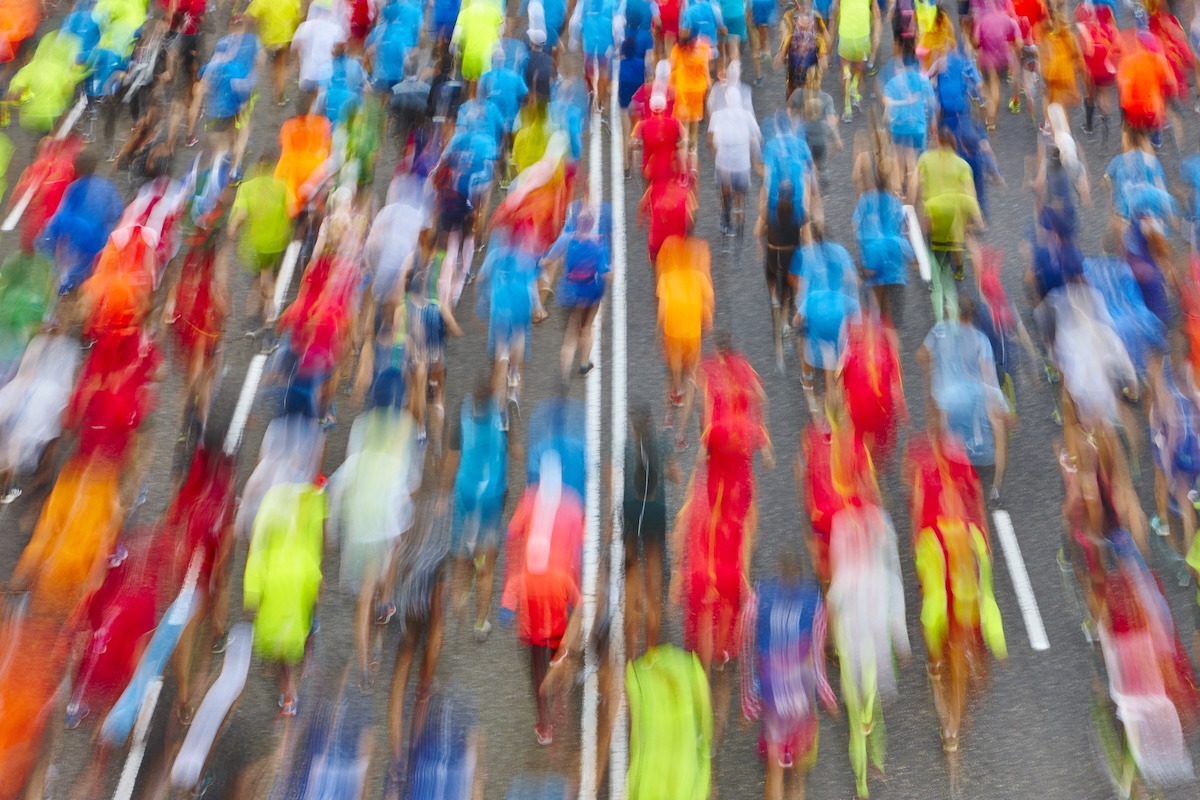
- Running has gone from being seen as an extravaganza to a global phenomenon, with millions of practitioners and marathons increasingly attended.
- Running combines performance, wellness and inclusion, allowing anyone to run according to their own style and goals, without barriers to access.
- Running is constantly evolving, but the feeling of freedom it provides remains unchanged, connecting body, mind and environment.
- Running has gone from being seen as an extravaganza to a global phenomenon, with millions of practitioners and marathons increasingly attended.
- Running combines performance, wellness and inclusion, allowing anyone to run according to their own style and goals, without barriers to access.
- Running is constantly evolving, but the feeling of freedom it provides remains unchanged, connecting body, mind and environment.
- They were doing something associated with kids—just running around.
- They did it outside of the “right” places, like gyms or stadiums.
- They were doing something associated with kids—just running around.
- They did it outside of the “right” places, like gyms or stadiums.
Not too long ago, running was seen as an activity for oddballs—so much so that major U.S. newspapers published articles that almost mocked it. In 1968,The New York Timesfamously called runners “oddball individuals who run in their spare time.”
Fast forward to today, and running is as normal as grabbing a coffee. No one bats an eye at people jogging through parks or city streets, even in the middle of a downpour, dressed in anything from neon tights to minimalist shoes.
Runners have become fixtures of the urban landscape—like trees, benches, cars, and storefronts. Funny how that happens, right? Over time, what once seemed strange just blends in. But back in the day, runners stood out for two reasons:
Maybe people thought runners were invading peaceful city spaces. Who knows?
How it all took off
The first New York City Marathon in 1970 had just 127 participants. It was the spark that lit the fire. Through the ’70s and ’80s, running became more popular, with massive urban marathons grabbing the spotlight. By the ’90s, it had fully democratized—10Ks and half-marathons made racing accessible to just about anyone.
Then the 2000s hit, and technology transformed running into a social, digital experience. Apps tracked every mile, social media shared every run, and the global running community exploded.
And it hasn’t stopped growing.
The 2024 New York City Marathon saw 55,646 finishers, making it the world’s most attended marathon. Berlin wasn’t far behind with 54,280, and Paris had 54,175 crossing the finish line. The London Marathon? It had 840,000 applications, though only about 50,000 could run. Even Italy’sRun Rome The Marathonexpects around 30,000 runners in 2025. The running boom isn’t slowing down.
Why we run: two of the 732 million reasons
Running today is more than just putting one foot in front of the other. It blends performance, wellness, and inclusion. Sure, there are endless reasons people run, but here are two big ones:
Performance
For some, running is all about the numbers—pace, distance, races, PBs. It’s a personal challenge, sometimes a competition with others, but often with yourself. There’s a certain satisfaction in seeing your progress measured in hard data. It’s a way of asking, “How far can I go?” and sometimes being surprised (or disappointed) by the answer.
Wellness
Then there are those who run purely for the physical and mental benefits. No racing, no pressure—just moving, breathing, and finding balance. Running can be a solitary, meditative act. No opponents, no scores, no need to compare yourself to others. You set your own goals, or none at all, and that freedom is what draws so many people in.
And the best part? Inclusion.
Running is one of the most accessible sports out there. You don’t need a gym membership, expensive gear, or even a team. Of course, there are plenty of amazing running clubs and social groups, but there’s no requirement to join anything.
No major barriers, no complex rules—you just run. That’s why people sayanyonecan be a runner. And it’s true. Sure, good shoes help, and learning proper technique is smart, but at its core, running is simple.
It’s like abstract art: there’s no one right way to do it.
So, what’s next?
The beauty of running is that it never really ends. There’s always another road, another trail, another challenge. It evolves with us. Maybe in ten or twenty years, we’ll all be running in ultra-high-tech shoes, or cities will be redesigned for runners and walkers. Or maybe we’ll ditch some of the tech and return to simpler, more instinctive running.
But one thing won’t change—the feeling of freedom that comes with it. That connection to yourself, to the world around you, and the simple joy of moving forward.
Whether you’re chasing a personal best, clearing your head, or just enjoying the fresh air, running will always be there. Simple, democratic, and welcoming—no matter your pace.
Because running isn’t just about covering distance. It’s about moving forward—in every sense.